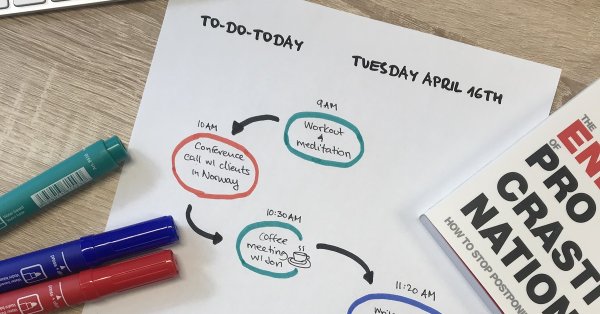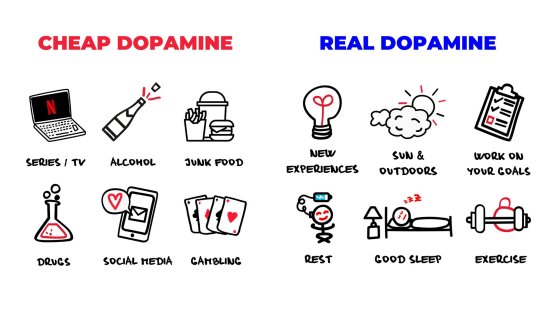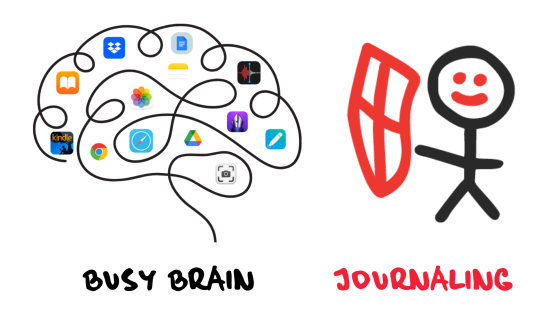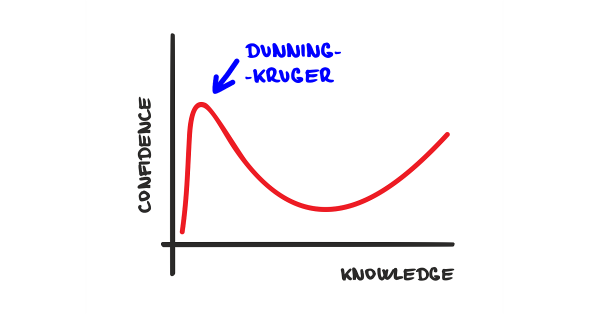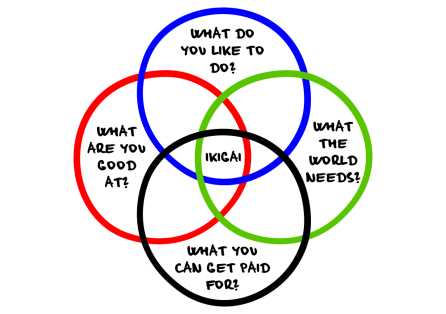Blog article
Consciously Here and Now
Posted by Adela SchickerSlow down for a moment. Notice your posture and how you’re feeling. What thoughts are going through your head right at this very moment? Stop reading this article for a while and really take note of all else that you’re doing and of the emotions, you’re feeling. Once you’ve taken this mental stock and really absorbed the current moment, you can start reading again. You’ve just tried out being mindful, or consciously experiencing a moment in its entirety.
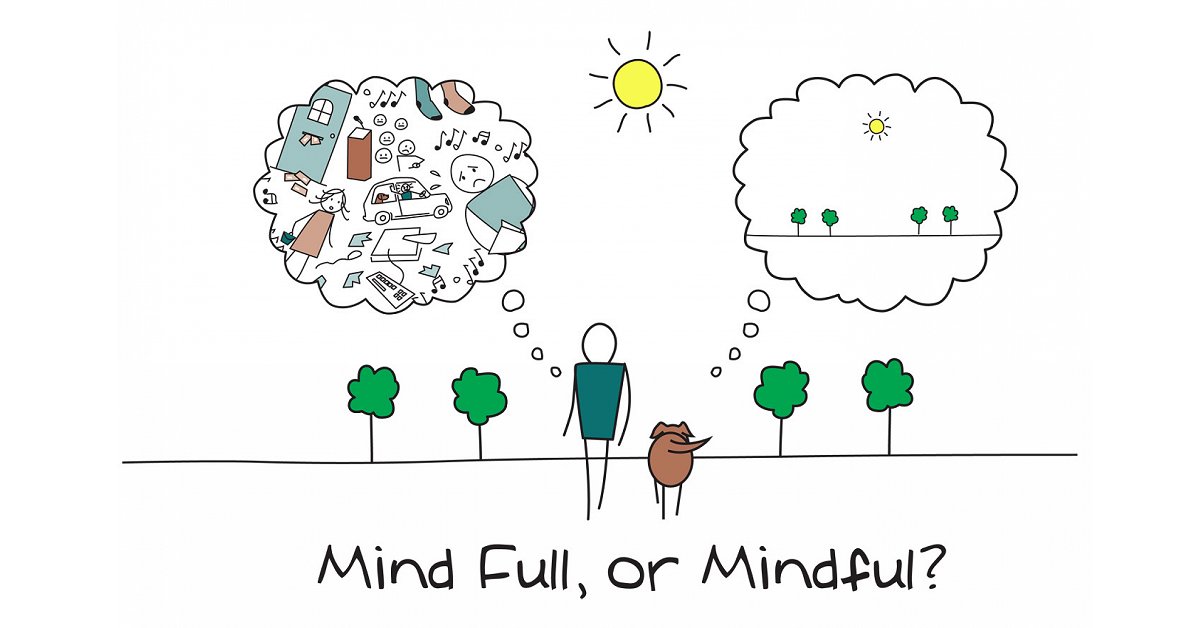
What is Mindfulness?
Mindfulness can be explained as noticing, being present in, and actively paying attention to the moment you are in at the given point in time. It’s a state of presence of mind where you’re keenly aware of and paying attention to what you’re doing in the current moment. At the same time, you’re remaining open to all surrounding perceptions, but not letting your presence of mind be disturbed by them. You’re only taking notice of them and then bringing your attention back to the activity at hand. It is important not to attempt to evaluate the activity but to just simply do it and not expand upon it unnecessarily.
Mindfulness Contributes to Overall Happiness
Practicing mindfulness has been proven to contribute to happiness. One of the most expansive studies ever on this topic was carried out by Matt Killingsworth and Daniel Gilbert. They evaluated over 15 000 people aged 18–88 from 80+ various countries in 86+ different professions, who gave answers to three different questions several times throughout the course of one day. The questions were:
- How happy are you?
- What are you doing?
- Are you focusing on the given activity in front of you?
After processing a large amount of data, the researchers found out two interesting things. Firstly, they found that 47% of the time we’re not focusing on what we’re doing in a given moment. Secondly, our happiness is affected not so much by what we’re doing but by how much we’re focusing on it. In the study, people whose thoughts would stray more tended to be 10% less happy than those who were more mindful. Why is this so? Because when our minds stray they tend towards negative thoughts which can lead to stress.
Training Mindfulness
No one wants to be stressed and unhappy! So, how can you become more mindful? Good news! It’s possible to train yourself to practice mindfulness in two ways: either through meditating or learning by doing it every day. Because these two methods complement each other very well, it’s best to combine them. Additionally, your breathing is a big helper. Pay attention to it, and your flurry of thoughts will slow down, enabling you to focus better. If your thoughts turn to something else again, take notice of this and gently guide them back to the task at hand, similarly as you would during meditation.
Mindfulness in the Workplace
Professor Jon Kabat-Zinn is a researcher who has been scientifically examining the effects of mindfulness for many decades. He authored a mindfulness program under the University of Massachusetts, which has been operating for nearly forty years. Today, the mindfulness techniques he developed, among others, are penetrating companies (Google, Adobe, Ford…) with managers and employees being encouraged to practice mindfulness. Why? Because calm, level-headed, and satisfied employees are better at managing their stress, working with their clients, and leading teams. Moreover, it’s simple to do! You only need to lay off the throttle a bit and consciously return your attention to your task at hand. So, how about trying mindfulness out today during lunch or on your way home from work?
“Mindfulness means paying attention in a particular way: on purpose, in the present moment, and nonjudgmentally.” – Jon Kabat-Zinn
Sources
Matthew A. Killingsworth, Daniel T. Gilbert: A Wandering Mind Is an Unhappy Mind, Science 12 November 2010: Vol. 330 no. 6006 p. 932 DOI: 10.1126/science.1192439.
http://www.umassmed.edu/cfm/about-us/people/2-meet-our-faculty/kabat-zinn-profile/
http://www.mindful.org/can-mindful-employees-make-happier-customers/
Simon Grégoire, Lise Lachance: Evaluation of a Brief Mindfulness-Based Intervention to Reduce Psychological Distress in the Workplace, Mindfulness August 2015, Volume 6, Issue 4, pp 836-847
Hoge, Bui, Marques, Metcalf, Morris, Robinaugh, et. al., 2013; Kearney, McDermott, Malte, Martinez, & Simpson, 2012
REB, Jochen Matthias; Narayanan, Jayanth; and Chaturvedi, Sankalp. Leading Mindfully: Two Studies of the Influence of Supervisor Trait Mindfulness on Employee Well-Being and Performance. (2014).Mindfulness., 5(1), 36 Research Collection Lee Kong Chian School of Business
